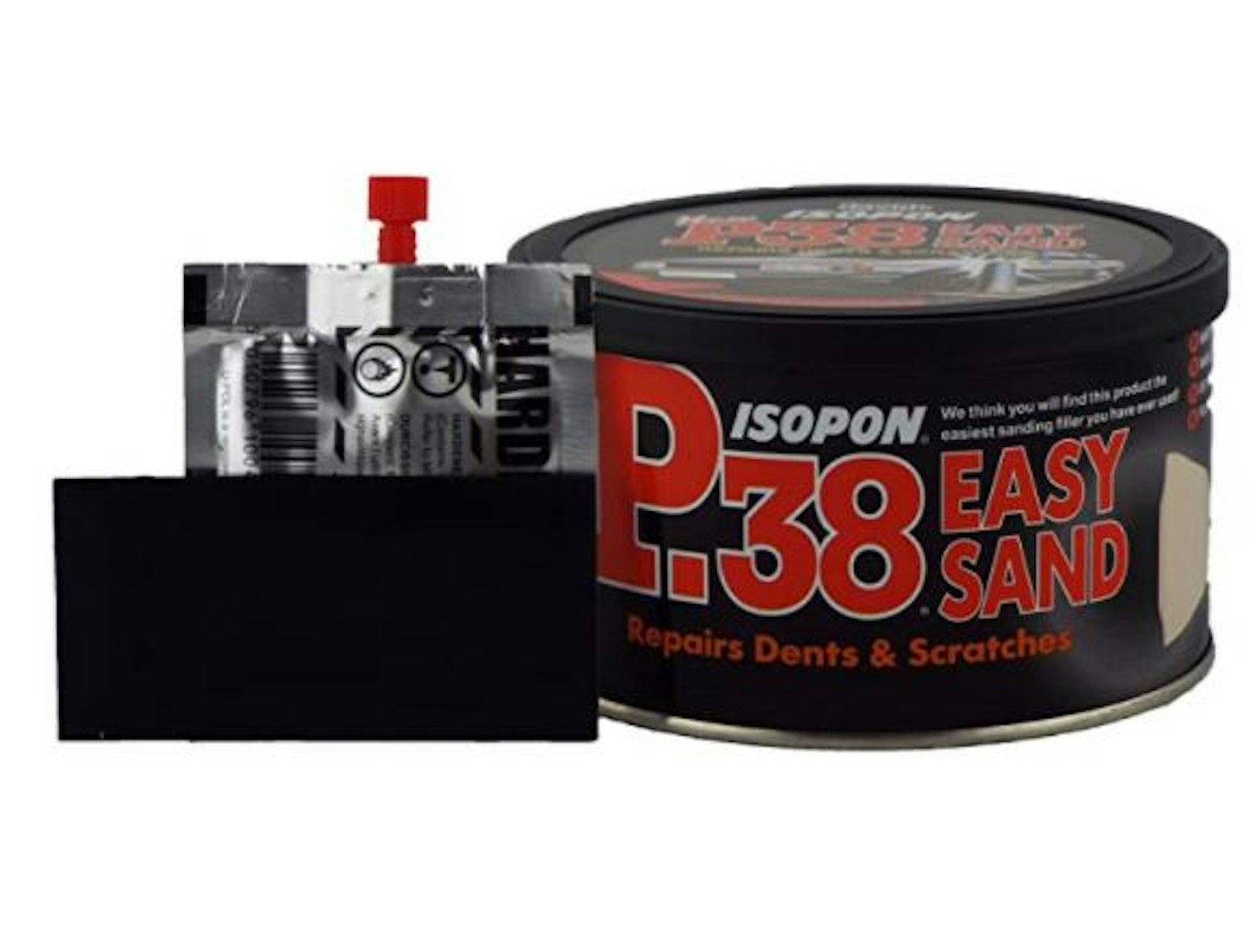We appreciate the fact that an article about dent repair tools is far from the sexiest thing you’ll witness today. In fact, it's about as romantic as buying a toilet plunger or cod liver oil. Nevertheless, for small bodywork damage to cars, it can be useful for DIYers to have such things in their garage.
Do DIY dent removers actually work?
A very pertinent question. The answer thoroughly depends on the individual tool. There are many, many DIY dent removers that do not work. They are affordable but unfortunately are unable to grasp the job at hand. Below, we've provided an admittedly small selection of dent repair options that do indeed work. It is worth noting that although these tools do work, they do not completely repair bodywork to like-new condition and are heavily dependent on the user as to how well they perform.
If you have large dents, significant bodywork damage, or wish to restore your car’s bodywork to a showroom state, employ the expertise of professional panel beaters and repairers.
How do dent removal tools work?
As you'll see below, there are a few different approaches and methods for DIY car dent repair.
One of the simplest ways is to use a suction cup to grip the dented bodywork and pull it back into shape.
Another way is to use a paintless dent repair (PDR) puller that uses hot glue and pads that grip and pull the metal bodywork.
There are tap down ‘pens’ that can be fitted with an array of tips of different shaped dents. These are to be used before pulling the bodywork to disperse the tension in the area surrounding the dent. Tap down pens can also be used to remove any high points that occur after pulling a dent.
A reflection line board helps you see exactly where dents are located. They have a suction cup and can be adjusted to the right angle to mirror onto individual body panels.
Body filler paste is another option. It is to be applied to scratches dents, whereupon you smooth it and it is left to harden. You then sand it over so that it’s perfectly smooth before applying primer and paint.
The best dent removers:
Best tap down set
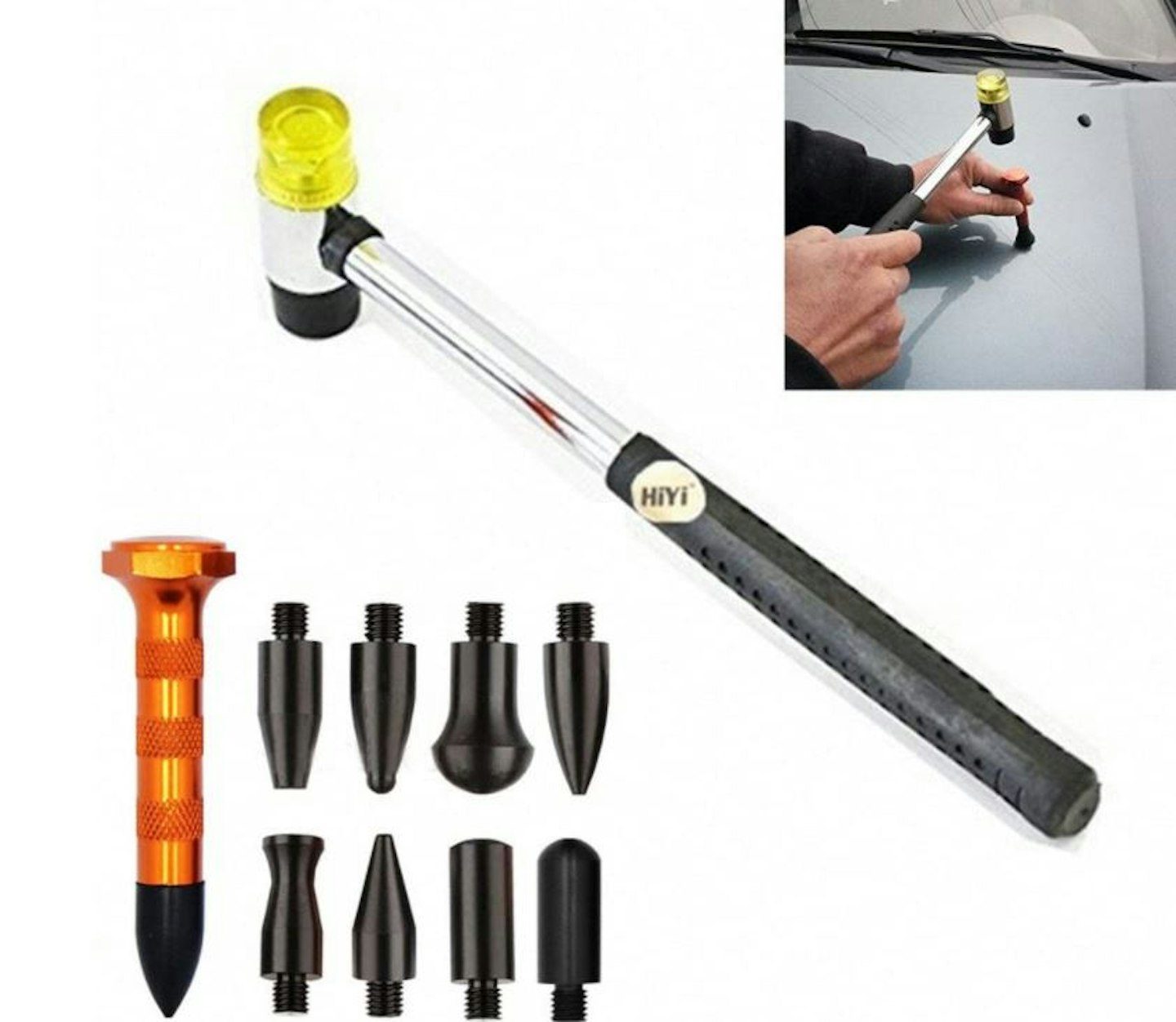
With nine screw-on heads and a hammer, this is a handy and well-priced tap down set. The variety of head shapes will be useful for most small dents, and since the hammer has two rubber heads, it can be used directly on the bodywork, if you wish.
Best line board option
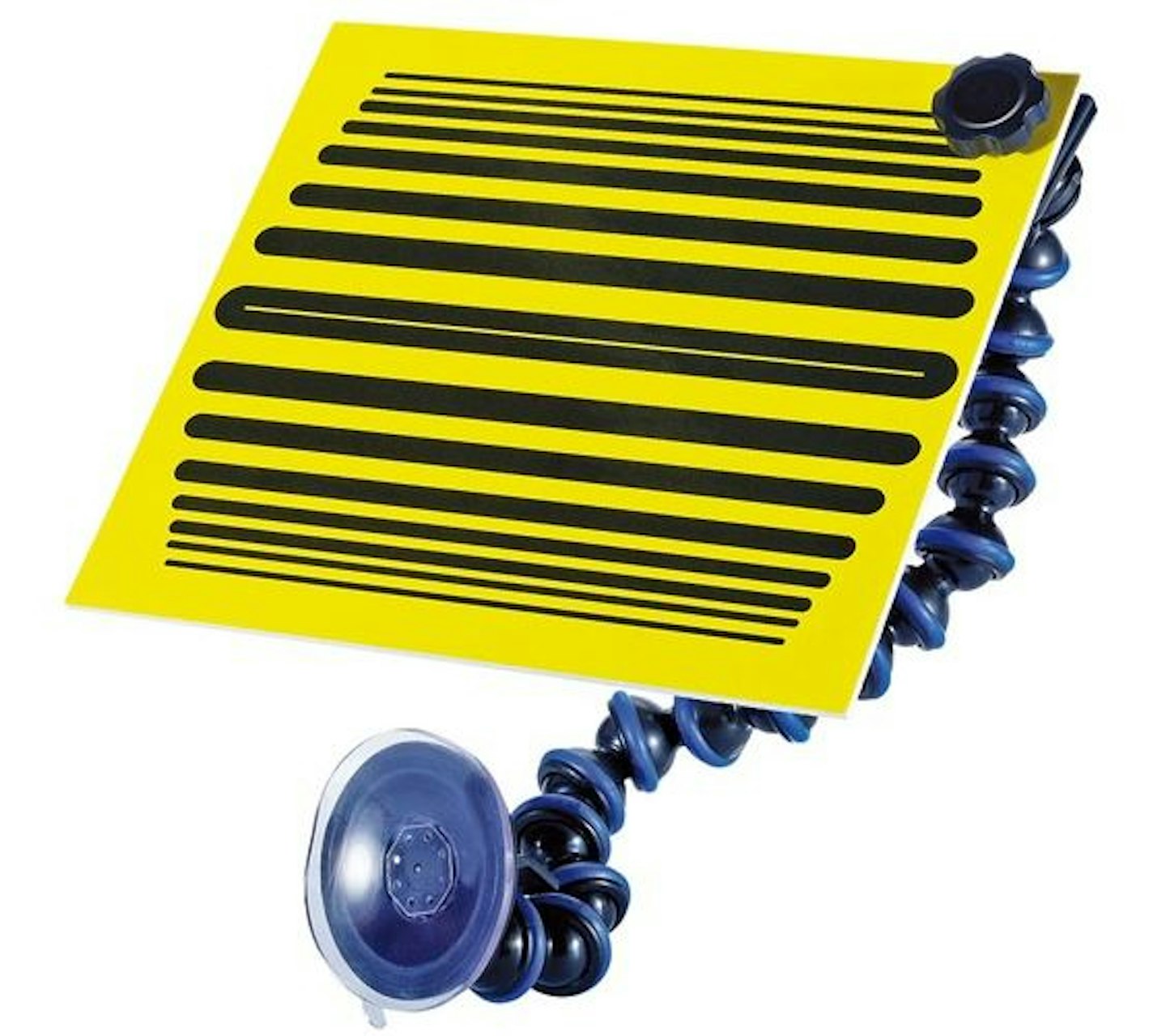
www.tooled-up.com
Line boards are effective but we would recommend them only to more serious DIYers. This is an excellent one from Draper that teams up well with dent removal tools. Fully angle-adjustable and easy to set up, the line board lets you quickly locate dents.
The power of compressed air
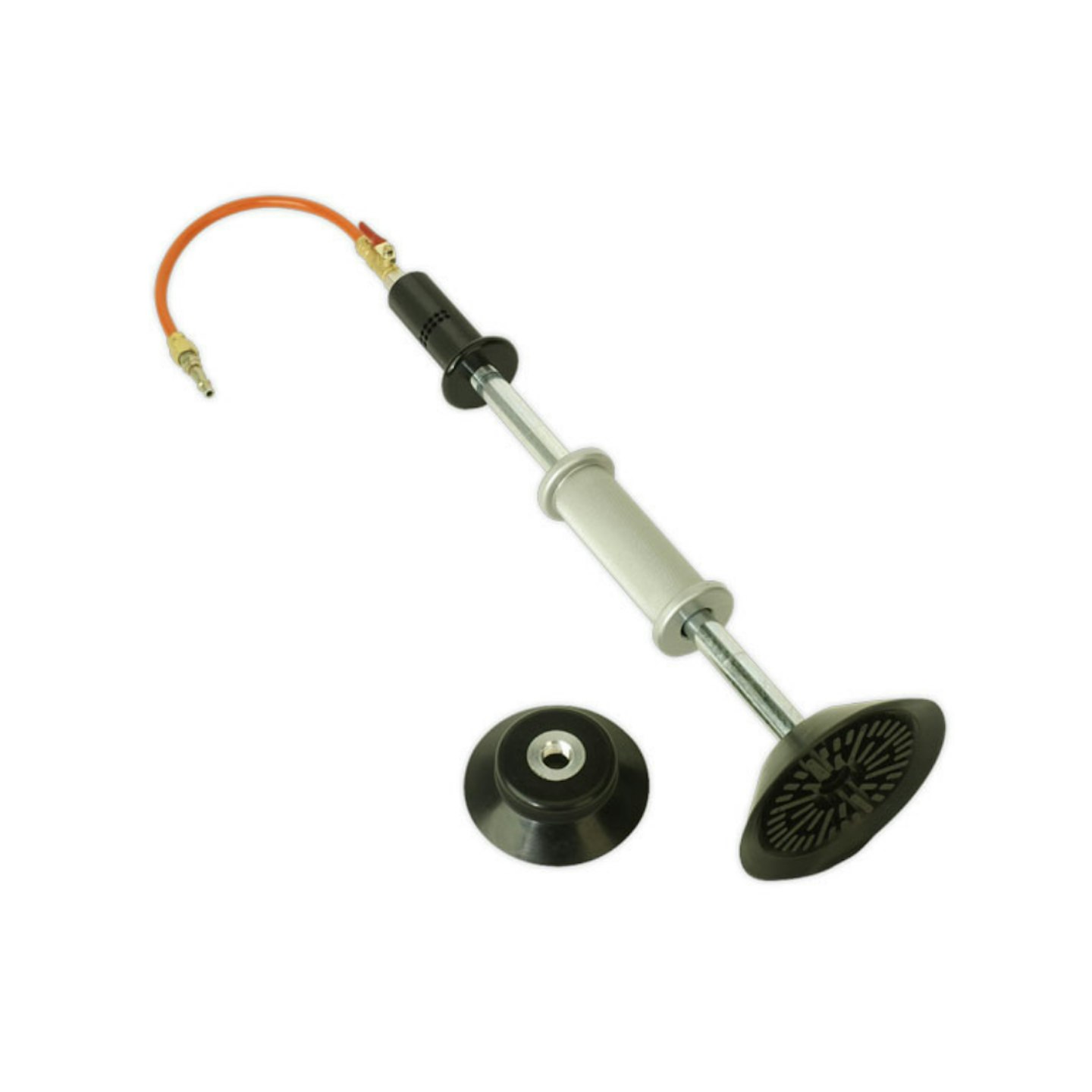
www.eurocarparts.com
A rather expensive choice from Sealey (and that's before the air compressor) but for removing large dents while keeping the paint in top condition nothing comes close. The tool works like a normal suction cup but is a lot more powerful. It comes with 75, 100 and 125mm suction pads.
Best simple option
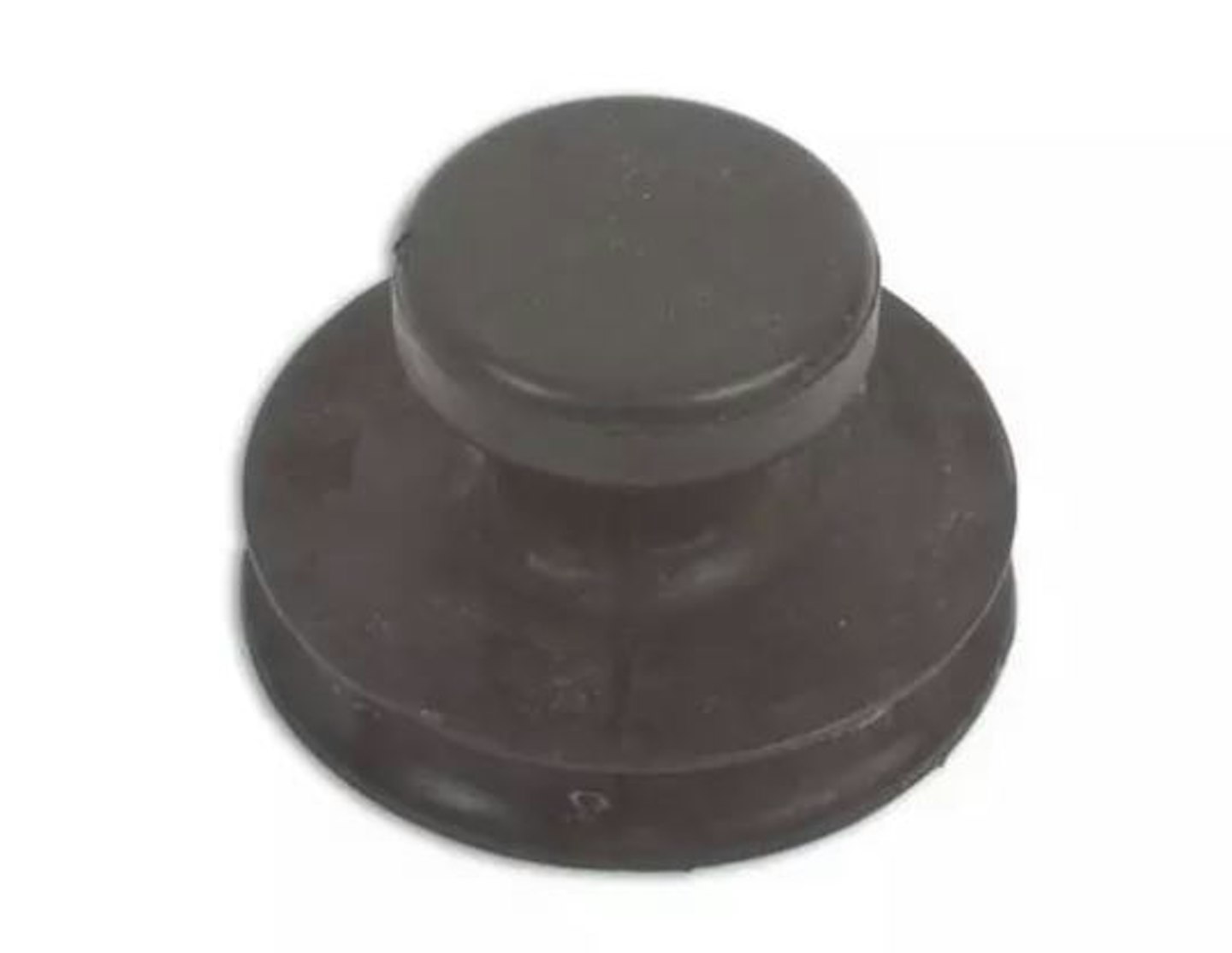
www.halfords.com
A simple rubber suction puller that can be used not only on dents but also for positioning tiles or glass (holds up to 10kg). Very budget-friendly. The suction cup size is 75mm.
The best paintless dent repair puller
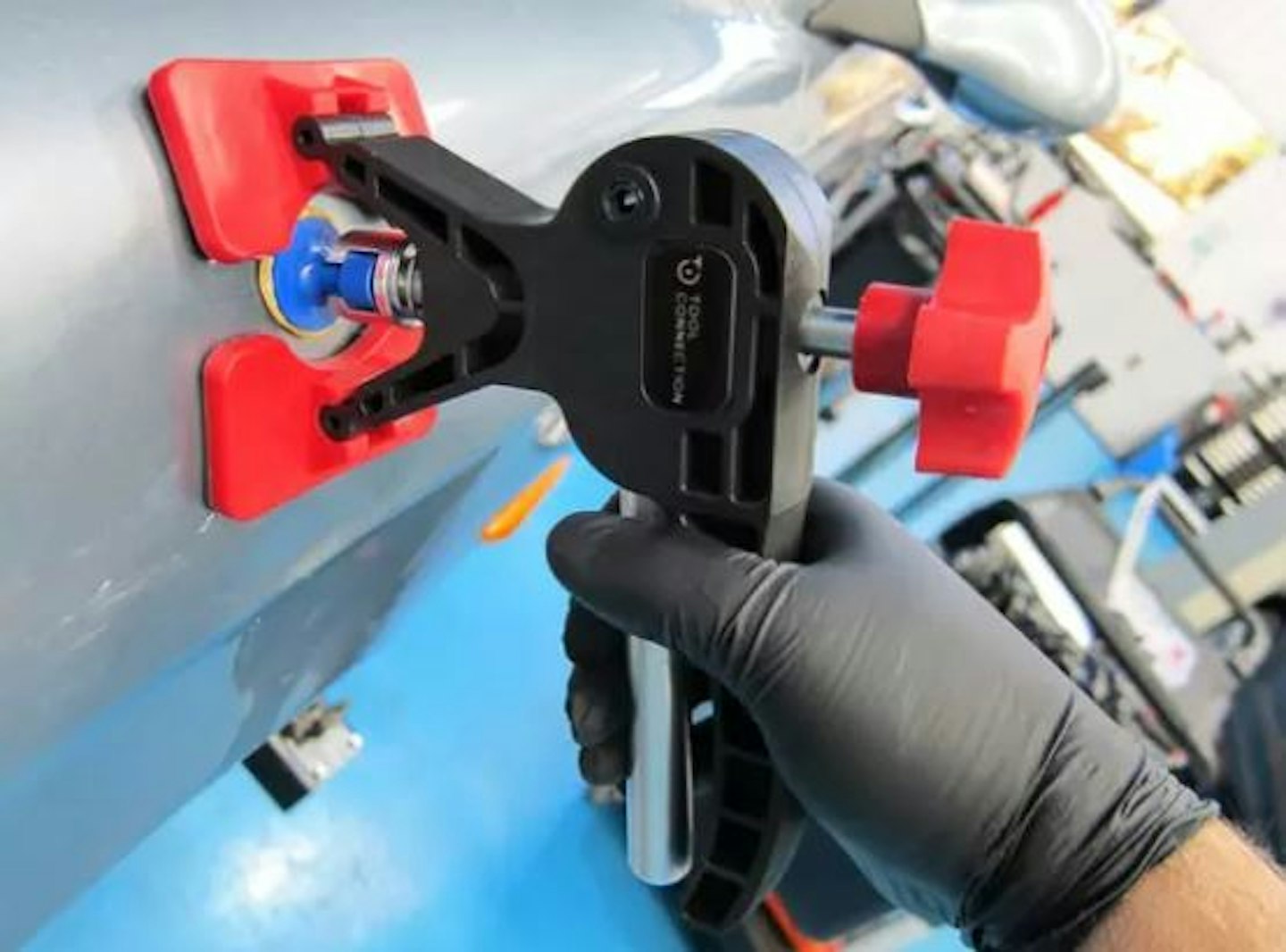
www.halfords.com
For use with a hot glue gun. There are 24 glue pads (three lots of eight types) - some circular, some split elliptical. Each shape of pad grips the dent differently. The split elliptical pads pull across the dent and then deforms once the metal pulls out and the pad is then pulling from the centre. Excellent and quick for use on small dents.
Best professional kit
.png?auto=format&w=1440&q=80)
www.ffx.co.uk
Look and feel like a professional with this complete kit from Sealey. Makes use of suction pads and a slider hammer to remove dents, it comes from a brand renowned for quality and will be ideal for protecting paintwork while removing dents.
A solid dent puller option
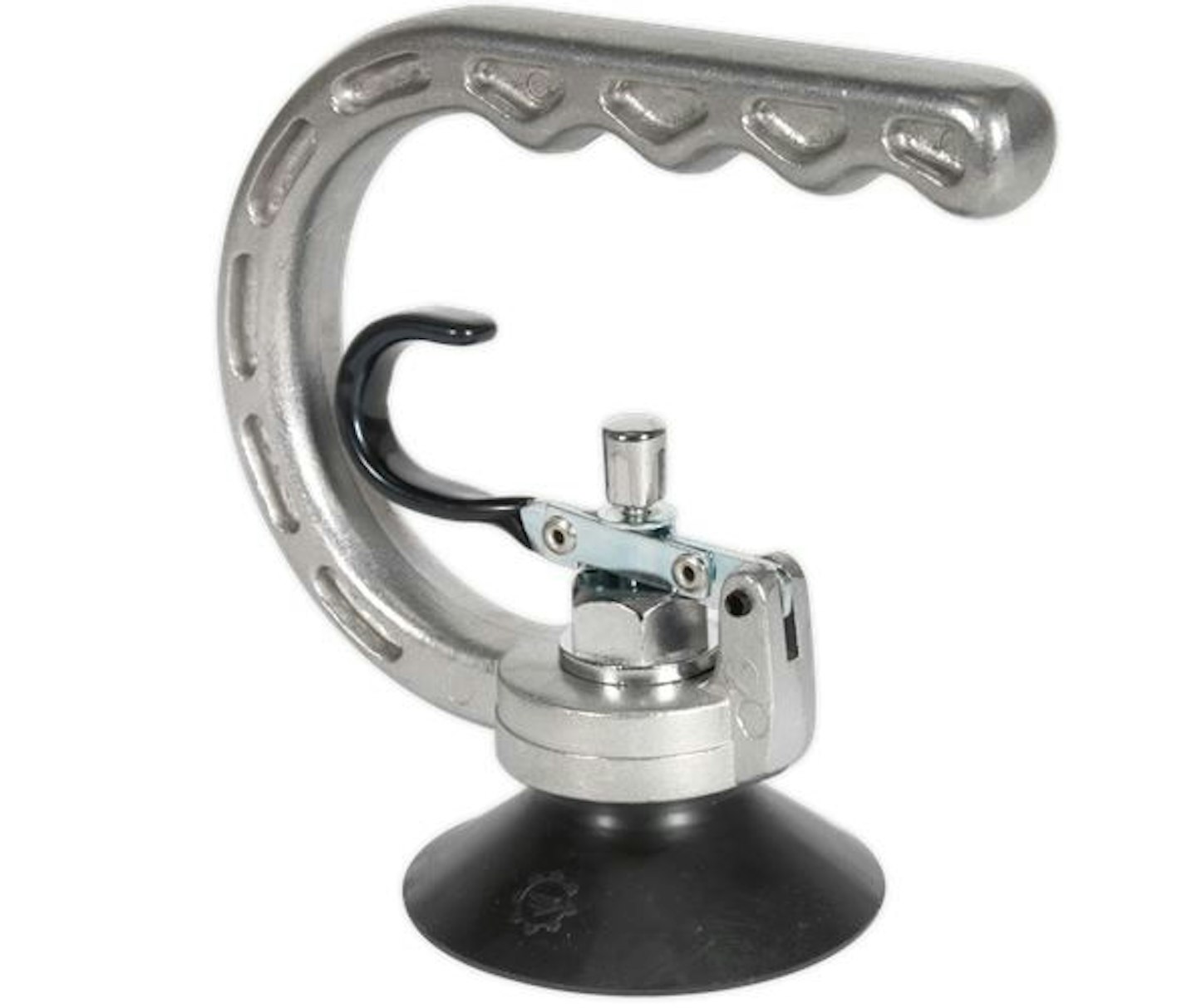
www.tooled-up.com
An alternative suction dent puller from Sealey that has an aluminium handle and suction release trigger for better control. Available in 75, 100, or 125mm suction diameter.
Best filler
Isopon P.38 Body Filler is wonderful stuff for dents and scratches on your car. You can use it for alloys with curb damage, too, if you wish. Sand away paint and grime from the area to be repaired, mix a little hardener with the filler, apply with an applicator, let it dry for about 30 minutes, then carefully sand it down to perfect smoothness. You can then prime and paint the surface. For deeper dents, you can apply more than one layer. Full instructions are provided.
Tips for dent repairs
This is possibly a new territory for you. Don’t let that put you off, you can repair minor dents at home with the right tools and some know-how. Just remember to check things three times before starting a job, do your research and don’t forget that YouTube is an invaluable resource to give you a visual guide on how to carry out dent repairs.
But as we said before, for larger and more significant dents and damage, take your car to a professional panel beater.

